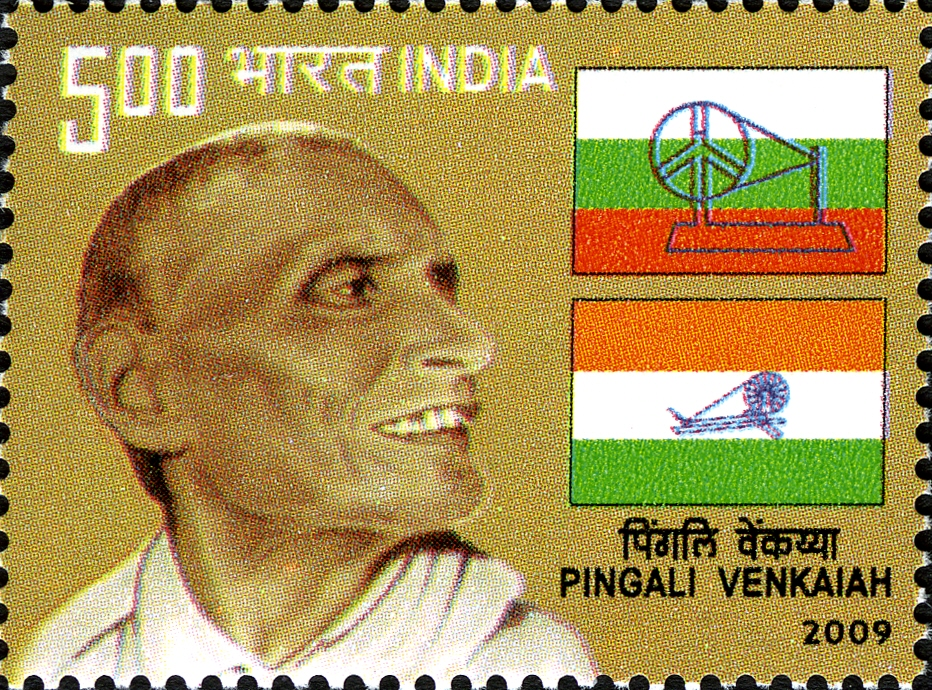Maharashtra Switch to Hindi
Maharashtra Startup, Entrepreneurship, and Innovation Policy 2025
Why in News?
The Maharashtra state cabinet has approved the Maharashtra Startup, Entrepreneurship, and Innovation Policy 2025, aimed at fostering innovation and entrepreneurship across the state.
Key Points
- About: The policy focuses on creating 1.25 lakh entrepreneurs and 50,000 startups over the next five years.
- Maharashtra is already leading the country with 29,146 startups (18% of India's total), and seeks to build an even more robust ecosystem for innovation.
- Key Objectives:
- Create 1.25 lakh entrepreneurs and 50,000 startups in 5 years.
- Encourage startups led by women and youth through targeted support.
- Enhance Maharashtra's position as a leading hub for innovation and entrepreneurship.
- Financial and Infrastructure Support:
- Maha-Fund (Rs 500 crore): Financial assistance for 25,000 early-stage entrepreneurs from a pool of 5 lakh youth. This will follow a three-stage selection process and will include mentoring, incubation, and funding support.
- Maharashtra Innovation City: A 300-acre innovation hub bringing together startups, corporates, educational institutions, and the government to foster research and development.
- Departmental Innovation Fund: All state departments will be required to allocate 0.5% of their annual funds towards promoting innovation and entrepreneurship.
- Startup Week Incentives: Startups selected during the Maharashtra Startup Week will get opportunities to work directly with government departments, with pilot work orders worth up to Rs 25 lakh.
- Support for Incubators and Regional Hubs:
- Micro-incubators will be established in ITIs, polytechnics, and educational institutions across Maharashtra to ensure organized infrastructure for innovation.
- Regional innovation hubs will be set up in each administrative division to promote local entrepreneurial ecosystems.
- Financial Assistance and Recognition:
- Compensation for Patents & Certifications: Financial support for patent registration, product quality certifications, and participation in domestic and international exhibitions.
- Loan Assistance: A special mechanism will be created for startups that have secured work orders from public institutions or trusted customers.
- Implementation Agency: The policy will be executed through the Maharashtra State Innovation Society.
Key Facts About Maharashtra
- It is the most industrialised state in India and has maintained its leading position in the industrial sector in the country.
- At current prices, Maharashtra’s gross state domestic product was estimated at Rs. 49.39 trillion (USD 578.31 billion) in 2025-26.
- According to the Department for Promotion of Industry and Internal Trade (DPIIT), between October 2019-December 2024, the FDI inflow in Maharashtra stood at Rs. 6,71,863 crore (USD 85.73 billion).
- Maharashtra ranked first for the highest FDI reception.
- Maharashtra had 12 Special Economic Zones (SEZs) with valid in-principal approvals, 51 SEZs with formal approvals, and 45 SEZs with notified approvals.
- As of October 2020, the state had 37 exporting SEZs across diversified sectors, including textiles and apparel, food processing, footwear and leather products, multi-product, pharma, and IT SEZs.
National Current Affairs Switch to Hindi
Birth Anniversary of Pingali Venkayya
Why in News?
On 2nd August, PM Modi paid tributes to Pingali Venkayya on his 149th birth anniversary, highlighting his immense contribution in designing India's national flag, a symbol of the nation's unity, diversity, and independence.
- He also urged citizens to support the Har Ghar Tiranga movement by unfurling the Tricolour at their homes.
Pingali Venkayya
- He was born on 2nd August 1876 in Bhatlapenumarru village, near Machilipatnam, Andhra Pradesh, and passed away on 4th July 1963 at the age of 86.
- He fought the Second Boer War (1899-1902).
- In 1913, he delivered a lecture in Japanese in Bapatla, Andhra Pradesh, called ‘Japan Venkayya’.
- He was also known as Patti Venkayya for his research into the Cambodia Cotton.
- In 2009, a postage stamp was released for his contribution.
Evolution of Flag
- In 1916, Pingali Venkayya published a booklet titled A National Flag for India, featuring nearly 30 designs for a potential Indian flag, inspired by flags of other nations.
- Venkayya’s design for the National Flag was finally approved by Mahatma Gandhi in a Congress meeting in Vijayawada in 1921.
- The initial flag, called the Swaraj flag, consisted of two red and green bands (representing the Hindus and the Muslims religious communities). The flag also had a charkha, which represented Swaraj.
- Mahatma Gandhi advised Venkayya to add a white band to represent peace.
- The Flag Committee (1931) replaced the red with saffron and placed saffron on top followed by white and then green. The charkha was placed on the white band in the middle.
- The colors stood for qualities and not communities i.e., the saffron for courage and sacrifice, white for truth and peace, and green for faith and strength. The charkha stood for the welfare of the masses.
- Post-Independence, a national flag committee under President Rajendra Prasad replaced the charkha with the Ashok Chakra.

.gif)

.png)





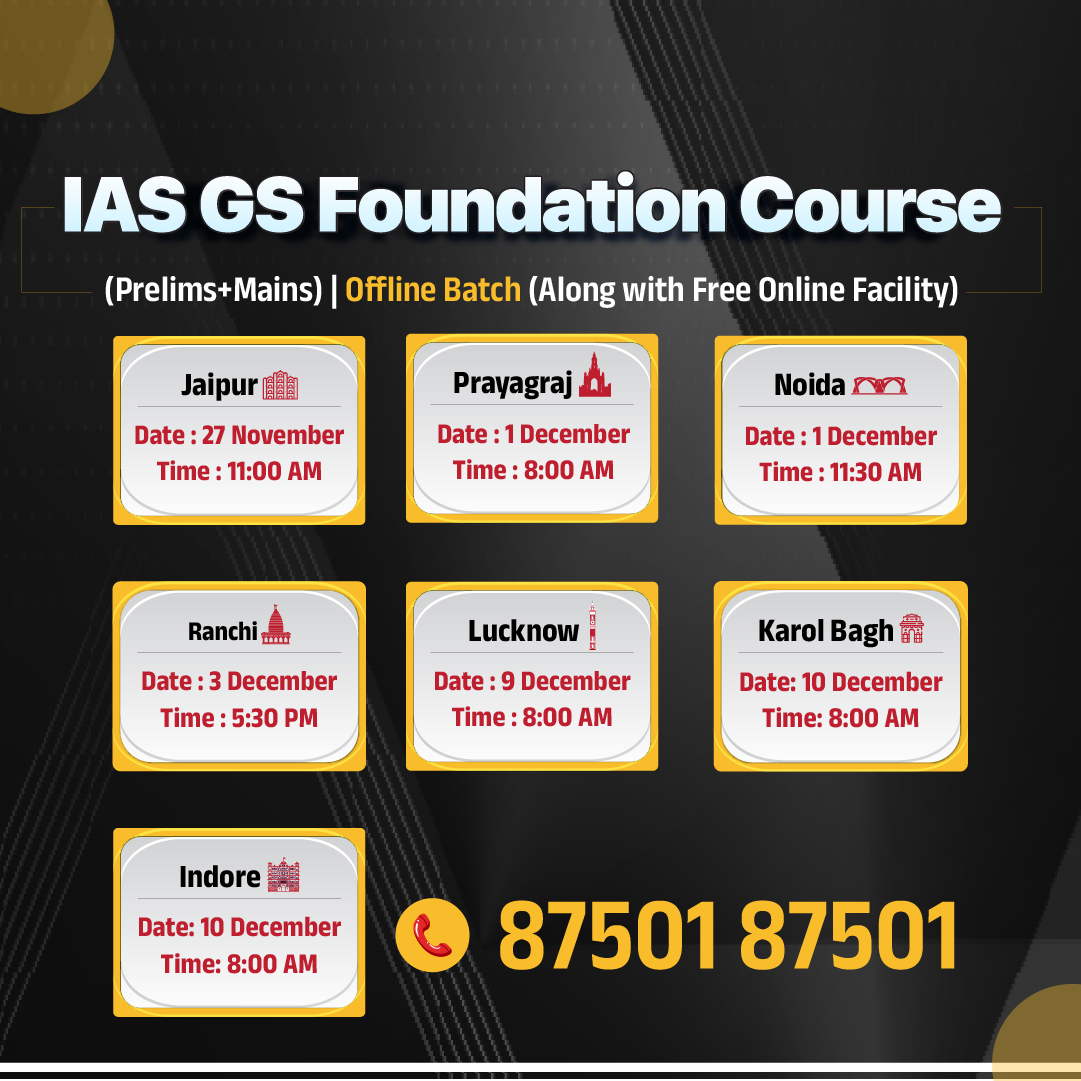



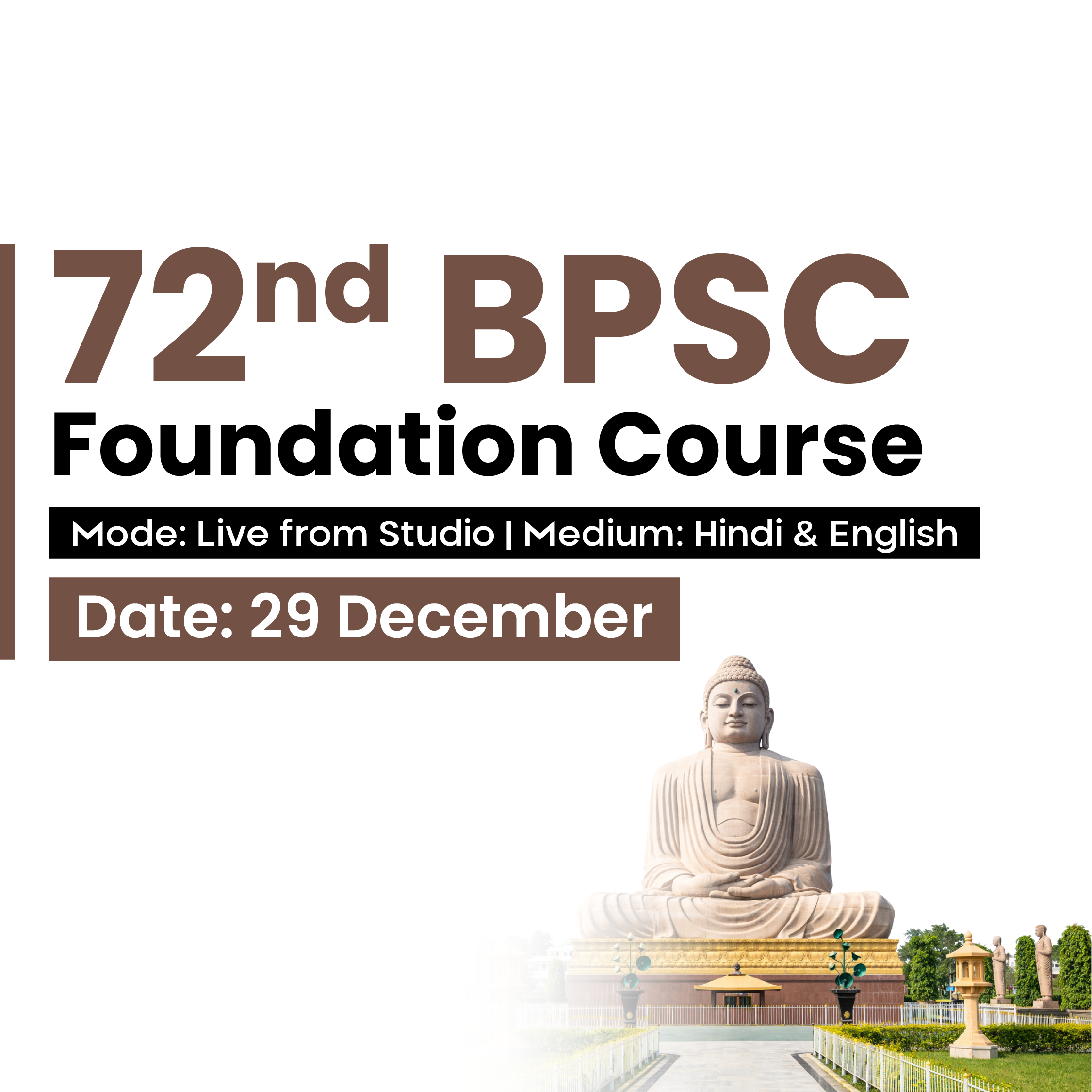

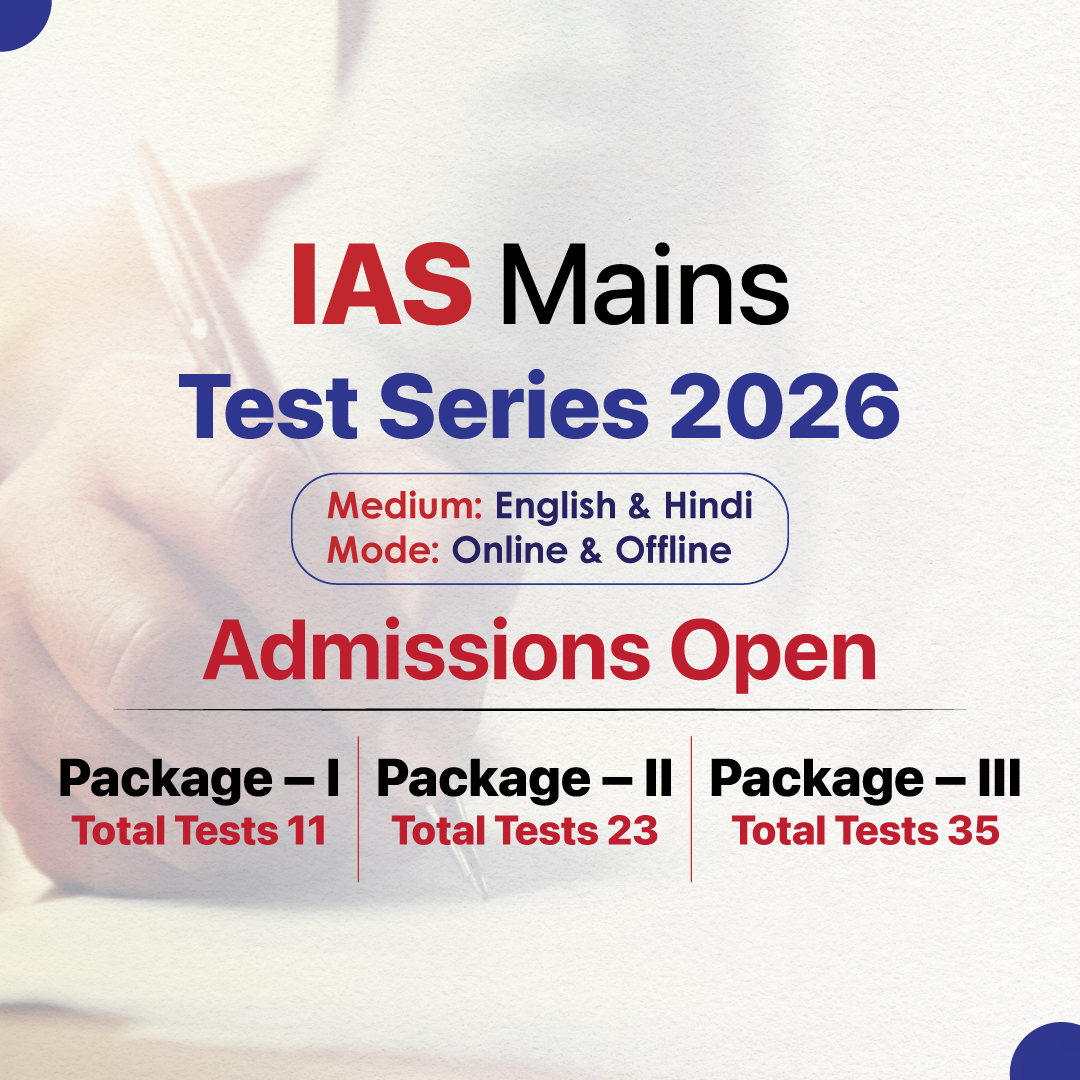

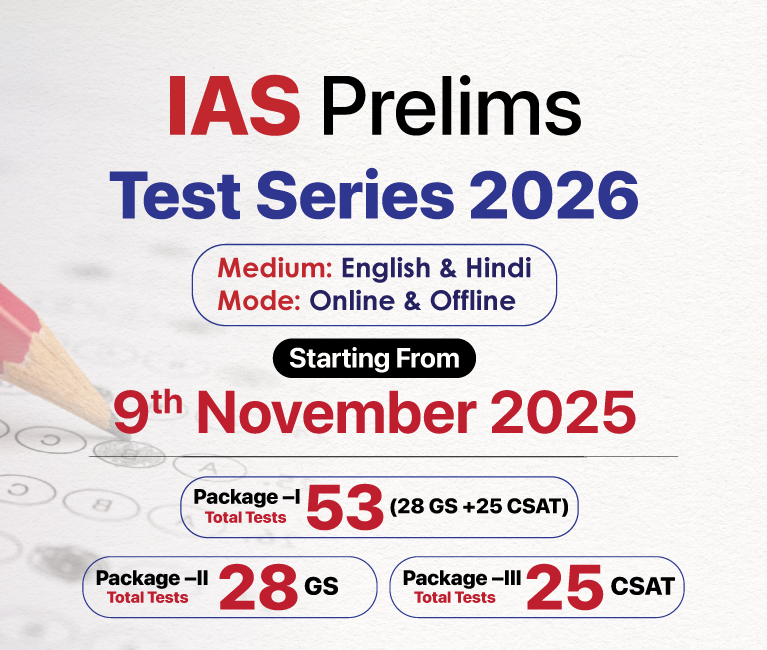

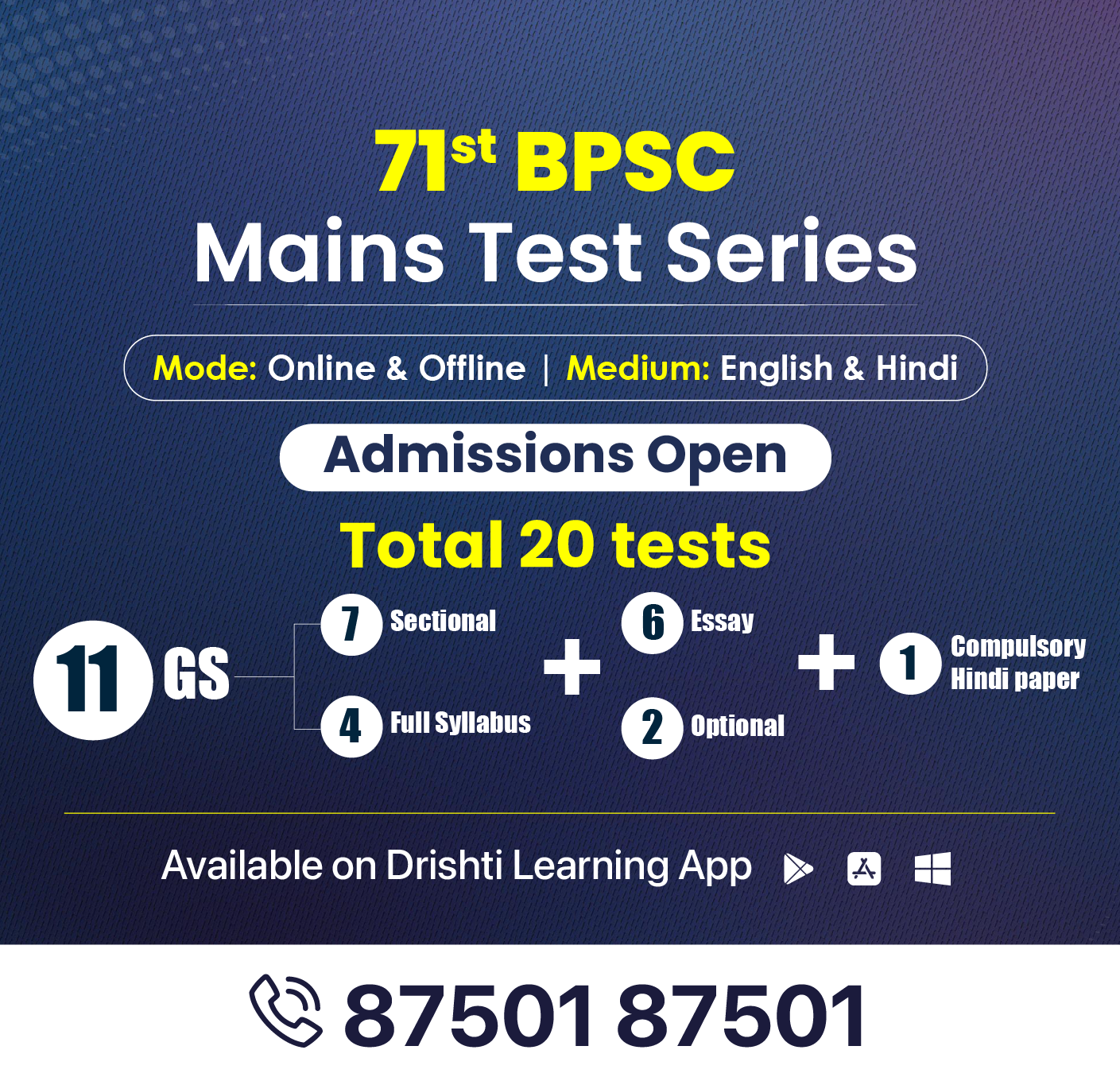
.png)
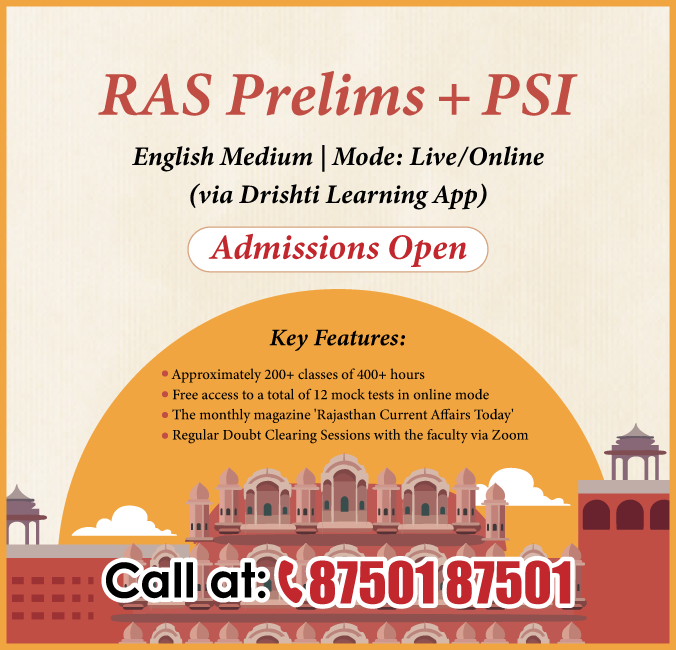

.jpg)

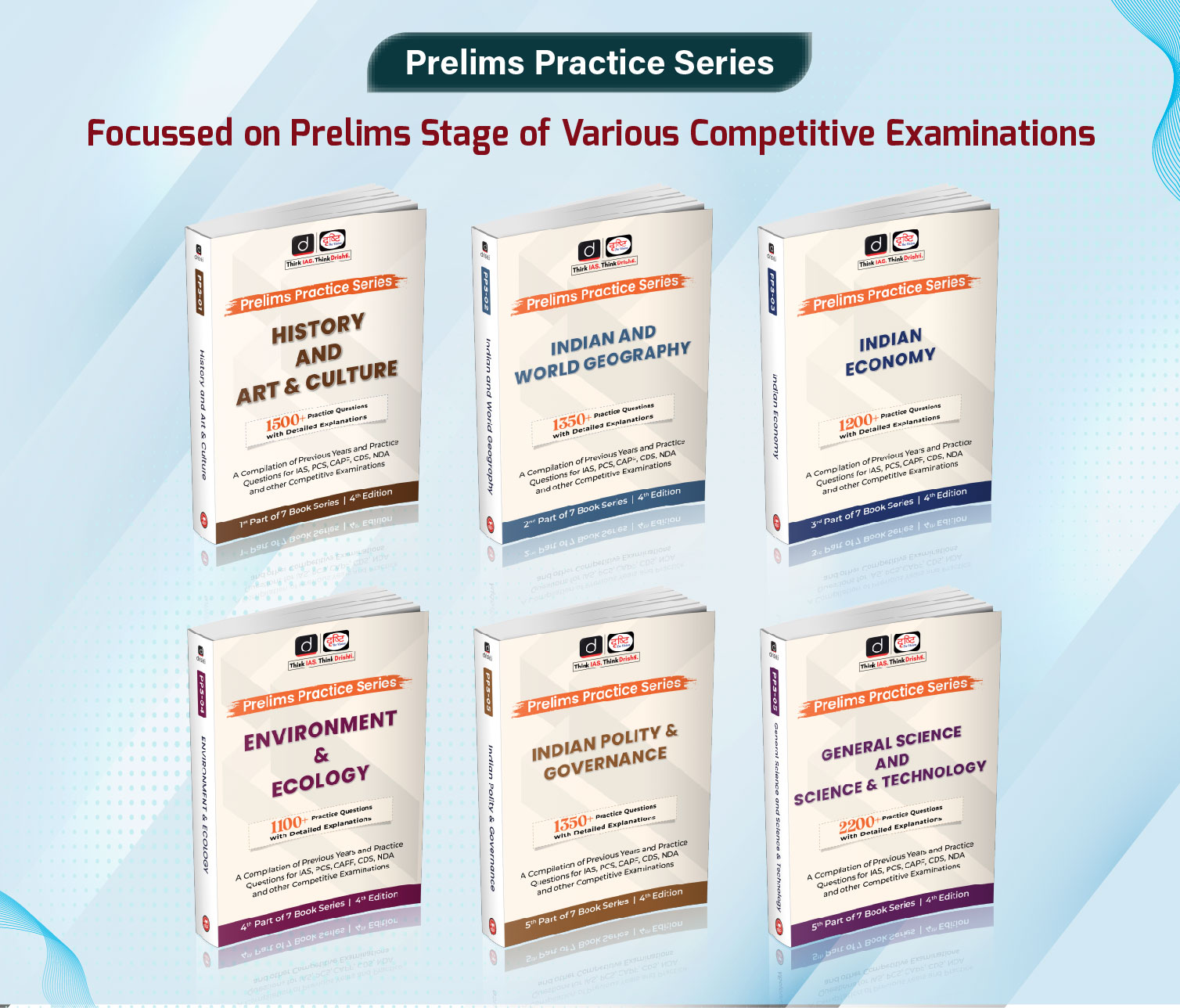

 PCS Parikshan
PCS Parikshan